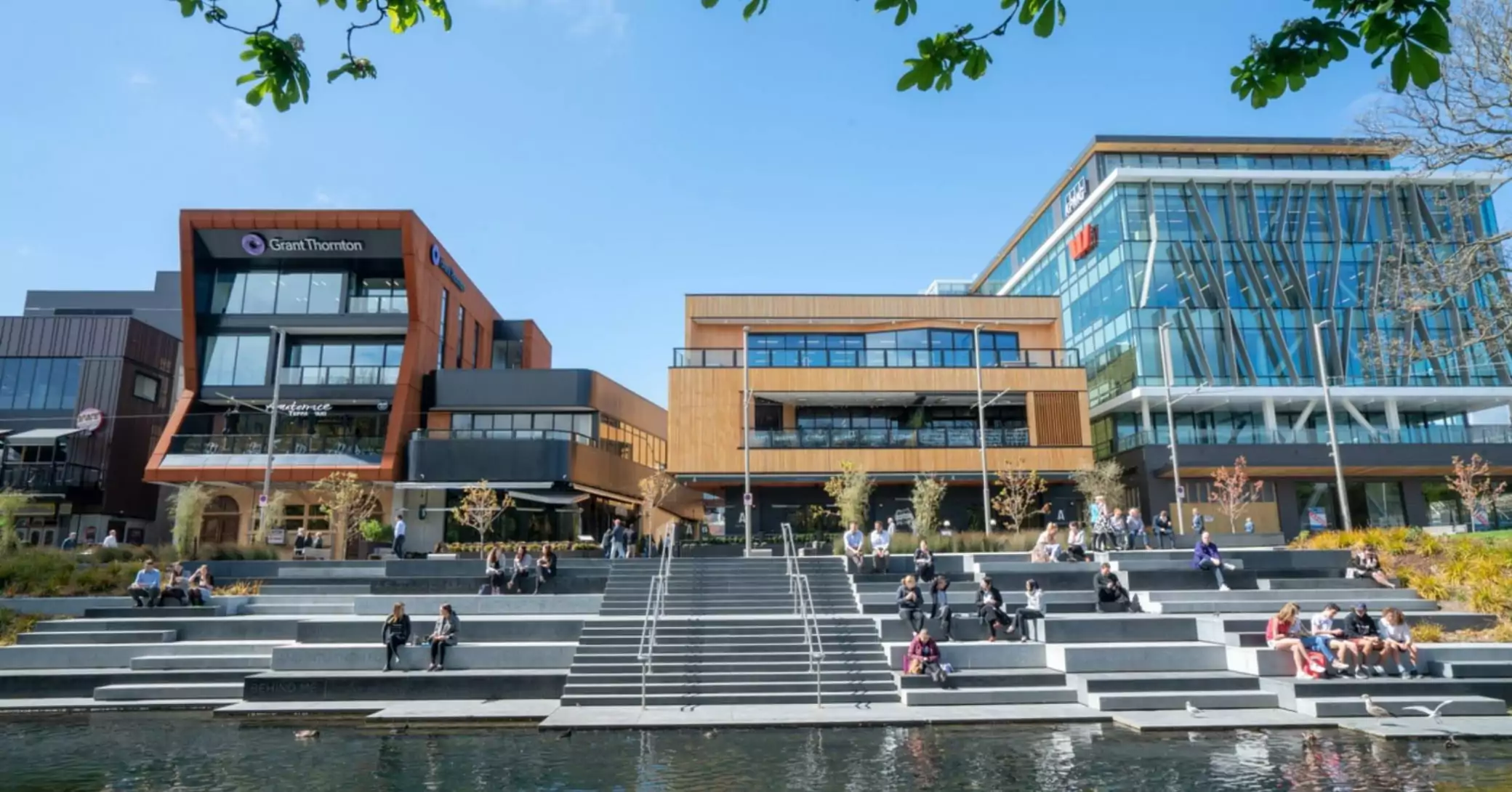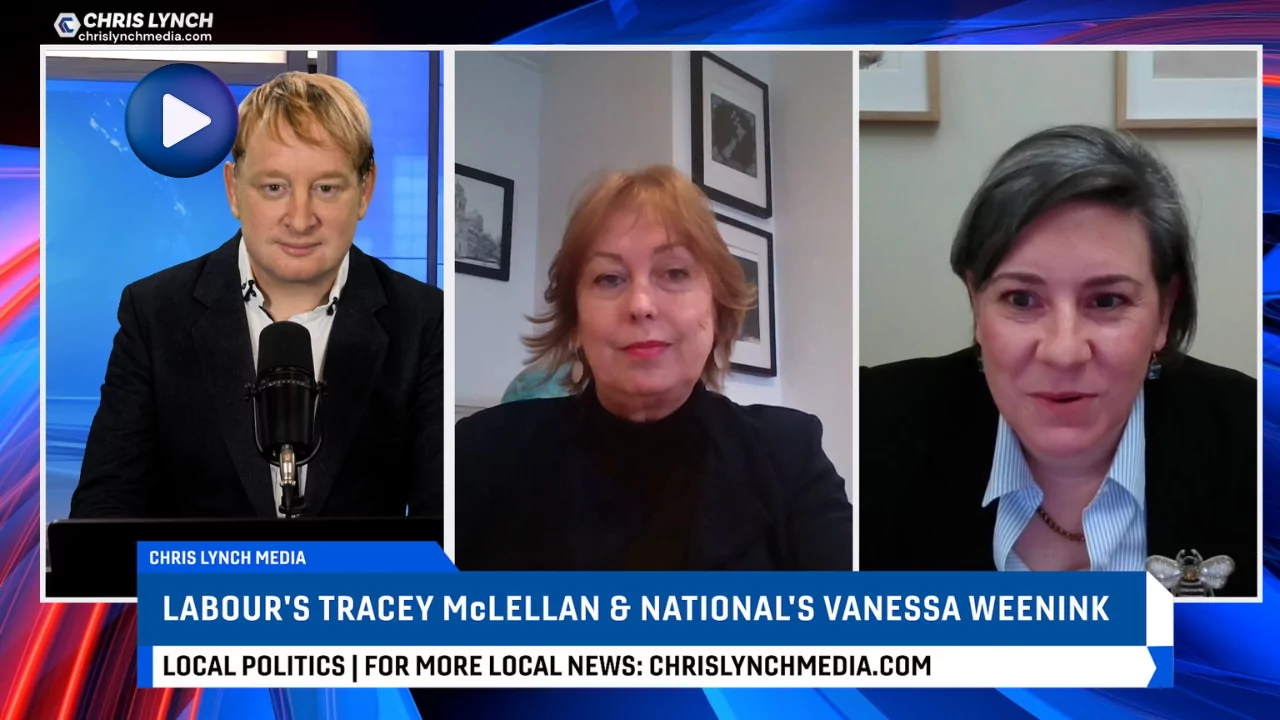Once again, the Christ Church Cathedral is being held up as the city’s unfinished soul, this time in a taxpayer-funded video lamenting the rise of a state-of-the-art stadium, while the Cathedral continues to sit idle. We’re told “it’s a story that does not retire.” But for most Christchurch residents, it already has.
Let’s be clear: the story hasn’t lingered because of public demand, it’s been kept alive by a small group of stakeholders and heritage nostalgists who can’t accept the city has changed. Meanwhile, the rest of Christchurch has rebuilt, renewed, and frankly moved on.
The Cathedral rebuild was never just about restoring a church. It became a politically fraught project, weighed down by indecision, litigation, shifting leadership, and ballooning costs.
Fourteen years and $85 million later, the structure is still in limbo and now requires a staggering $219 million to complete. That money doesn’t exist. The government has rightly declined to commit more, citing limited public use and private ownership. That’s not neglect. That’s fiscal responsibility.
The idea that the Cathedral is a “civic building” is nonsense. Civic buildings serve the public by design and by access, like libraries, town halls, stadiums.
The Cathedral remains a religious structure first, with narrow use and governance. Calling it “civic” because it once hosted a few concerts is disingenuous.
Cathedral Square was a space that was already in decline long before the earthquakes, and its demise was well underway when inner-city retail shifted to suburban malls decades ago.
Urban planner James Lunday argued the square’s redevelopment plan wasn’t implemented. True. But what’s often left unsaid is that residents stopped using the Square because it lost relevance, not because the paving wasn’t fixed.
Public spaces thrive where people want to be, not where urban planners fantasise they should be.
Just look at Riverside Market or The Terrace: they didn’t need a Cathedral, a documentary crew, or an urban planner to validate their success.
The reinstatement project morphed into an industry of its own: project directors, communications staff, all feeding from a process that showed little sign of delivering an outcome.
Christchurch is no longer the city it was in 2010. It’s more diverse, more entrepreneurial.
Its energy is found in new developments, festivals, fresh ideas, and momentum, not in trying to recreate an old building at almost any cost.
History is important. But history should inform the future not obstruct it.
It’s time to say what many know but few are willing to admit publicly: the Cathedral no longer defines Christchurch.
The city’s heart isn’t missing. It’s beating strongly elsewhere in places built for the people, by the people, and in step with the city we’ve become.









